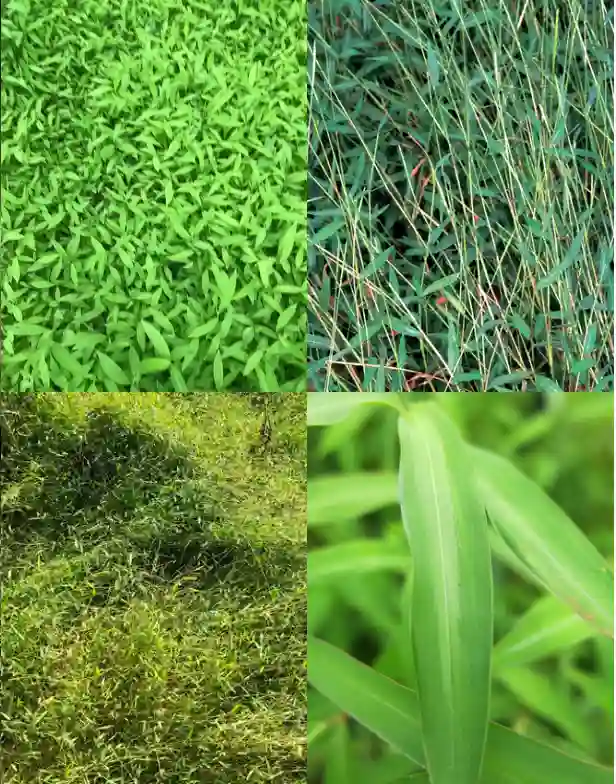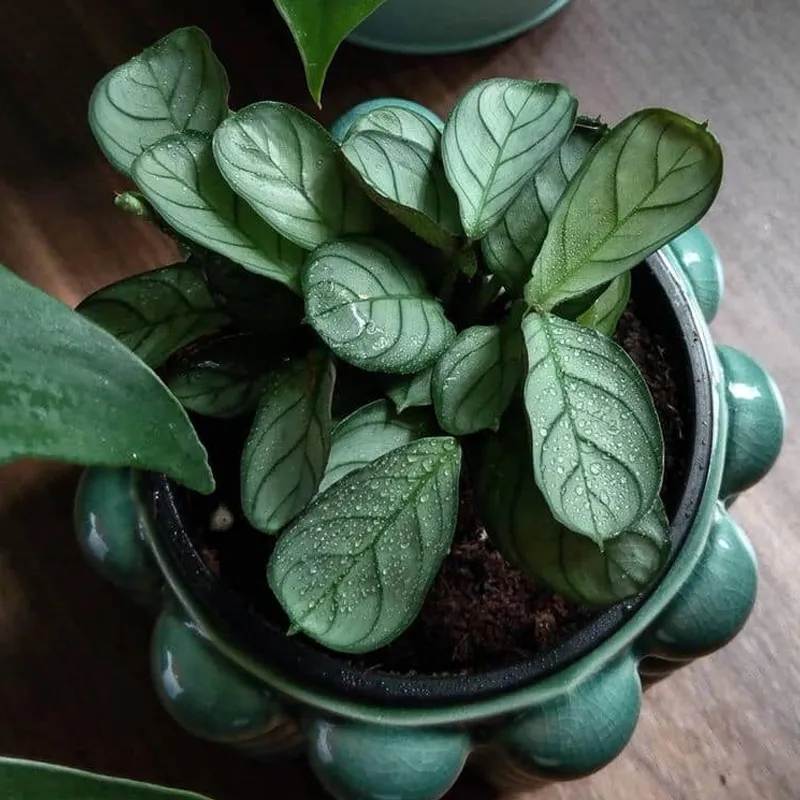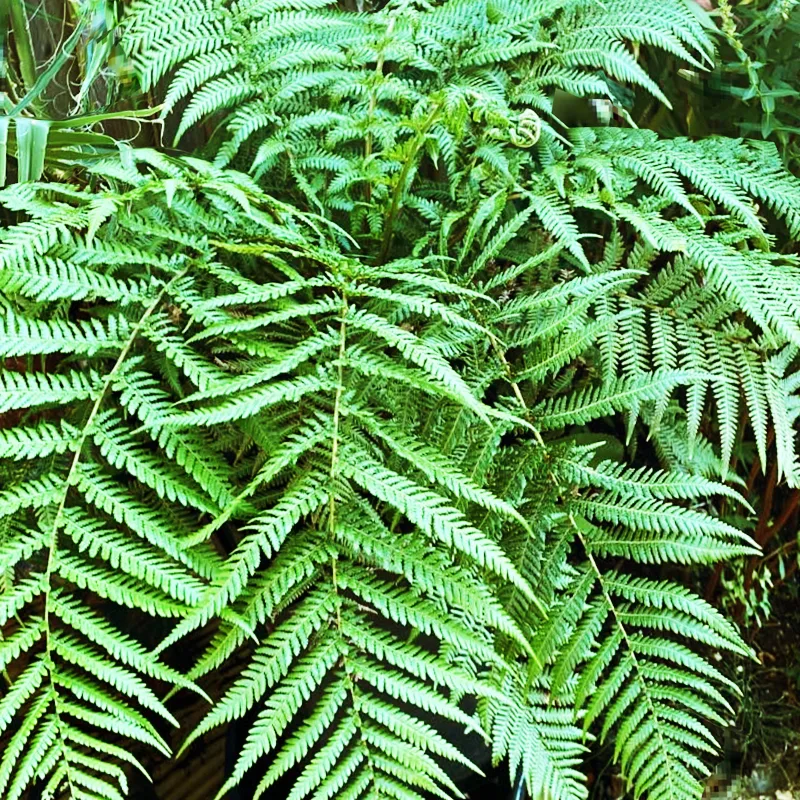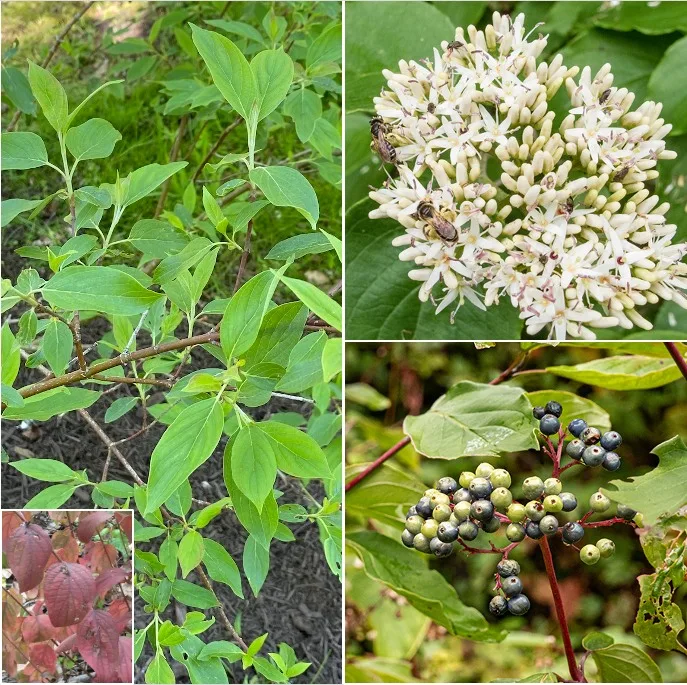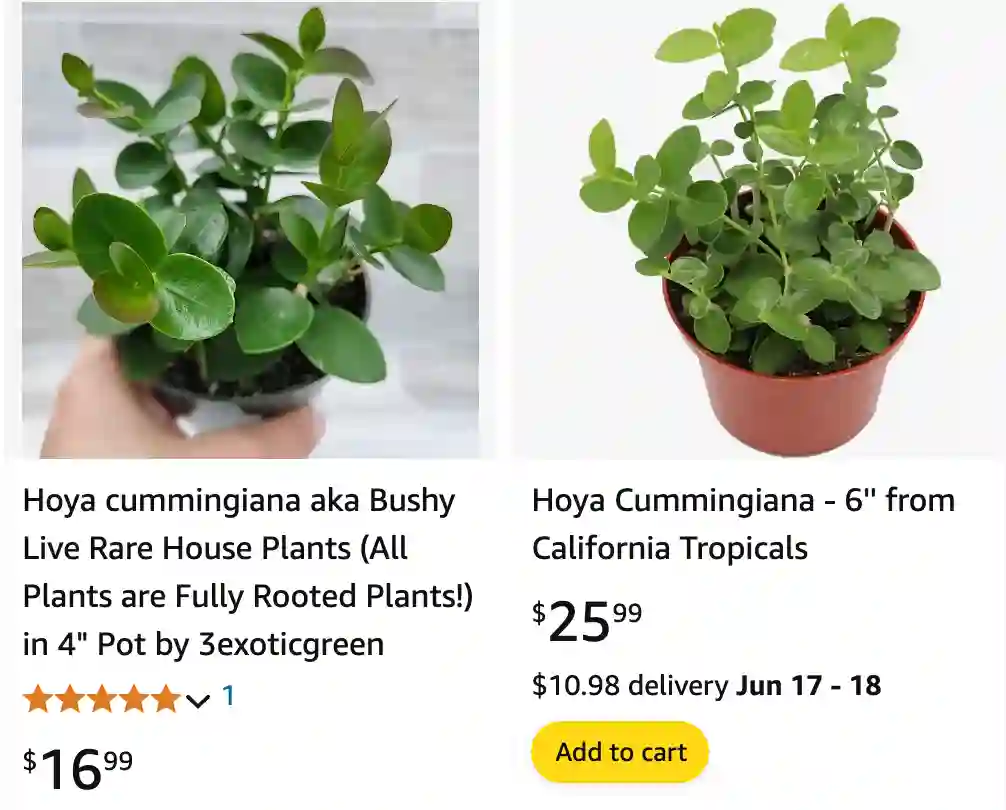
Hoya Cumingiana: A Fast-Growing Climber for Plant Enthusiasts
Hi, Ferb Vu here! Today, we’re diving into the world of Hoyas, specifically the charming Hoya cumingiana. This fast-growing climber has stolen the hearts of many plant lovers, myself included, with its lush foliage and fragrant blooms.
Whether you’re a seasoned plant parent or a curious newcomer, this FAQ will equip you with the knowledge to cultivate a thriving Hoya cumingiana.
566 Species in Genus Hoya
What is Hoya cumingiana?
Hoya cumingiana is a succulent vine native to the Philippines. It thrives in tropical environments, often clinging to limestone cliffs in full sun. This translates well to houseplant life, making it a relatively easygoing addition to your indoor jungle.
What are the key characteristics of Hoya cumingiana?
- Foliage: The most striking feature is the abundance of small, oval-shaped leaves. They boast a vibrant light green hue and feel pleasantly fleshy due to their succulent nature.
- Flowers: Patience is rewarded with clusters of eye-catching blooms. Picture delicate, reflexed flowers in shades of yellow-orange, adorned with a deep maroon corona. These fragrant beauties emit a delightful citrus or coconut aroma, adding another layer of enjoyment.
- Growth Habit: Hoya cumingiana is a vigorous climber. With proper care, it can reach impressive lengths, making it ideal for hanging baskets or training up a moss pole.
How do I care for Hoya cumingiana?
Here’s the good news: Hoya cumingiana is known for its resilience. However, providing optimal conditions will ensure it thrives.
- Light: While it tolerates a range of light levels, bright, indirect light is ideal. South-facing windows in the Northern Hemisphere or North-facing windows in the Southern Hemisphere provide the perfect balance. Avoid harsh, direct sunlight, which can scorch the leaves.
- Watering: Remember, it’s a succulent! Overwatering is a common pitfall. Allow the soil to dry completely between waterings. Signs of thirst include wrinkled leaves. Underwatered plants will also exhibit drooping leaves.
- Soil: Well-draining soil is crucial. Opt for a succulent or cactus mix, or create your own by combining potting mix with perlite or orchid bark for added drainage.
- Humidity: While Hoya cumingiana adapts to average household humidity, it thrives in a more humid environment. Grouping plants together or using a humidifier can create a more favorable microclimate.
- Fertilizer: During the growing season (spring and summer), a light application of a balanced fertilizer once a month will suffice. Avoid overfertilizing, as it can damage the roots.
How often does Hoya cumingiana bloom?
This delightful Hoya can bloom multiple times a year under ideal conditions. Mature plants (often less than two years old) are more likely to produce flowers. Patience is key, and providing bright, indirect light and consistent watering will encourage blooms.
How do I propagate Hoya cumingiana?
Propagation is a breeze with Hoya cumingiana. Stem cuttings are the most common method. Here’s a quick guide:
- Select a healthy stem with a few nodes (leaf junctions).
- Make a clean cut just below a node.
- Remove the lower leaves, leaving a few nodes exposed.
- Pot the cutting in a well-draining mix and keep it moist but not soggy.
- Place the pot in bright, indirect light and wait patiently. Roots should develop within a few weeks.
Does Hoya cumingiana have any pests or diseases to watch out for?
While generally pest-resistant, mealybugs and scale can occasionally become nuisances. Regular inspection and treatment with insecticidal soap or neem oil will keep them at bay.
What are some tips for a happy Hoya cumingiana?
- Provide support: Train your Hoya cumingiana up a moss pole or trellis for it to climb and showcase its cascading beauty.
- Don’t repot too often: Hoyas prefer to be slightly root-bound. Repot only when the roots outgrow the current container.
- Enjoy the fragrance: The blooms emit a lovely citrus or coconut scent. Take a moment to appreciate the delightful aroma when your Hoya flowers.
With a little TLC, your Hoya cumingiana will reward you with lush foliage, fragrant blooms, and years of enjoyment. So, why not add this charming climber to your plant collection?
If i die, water my plants!
